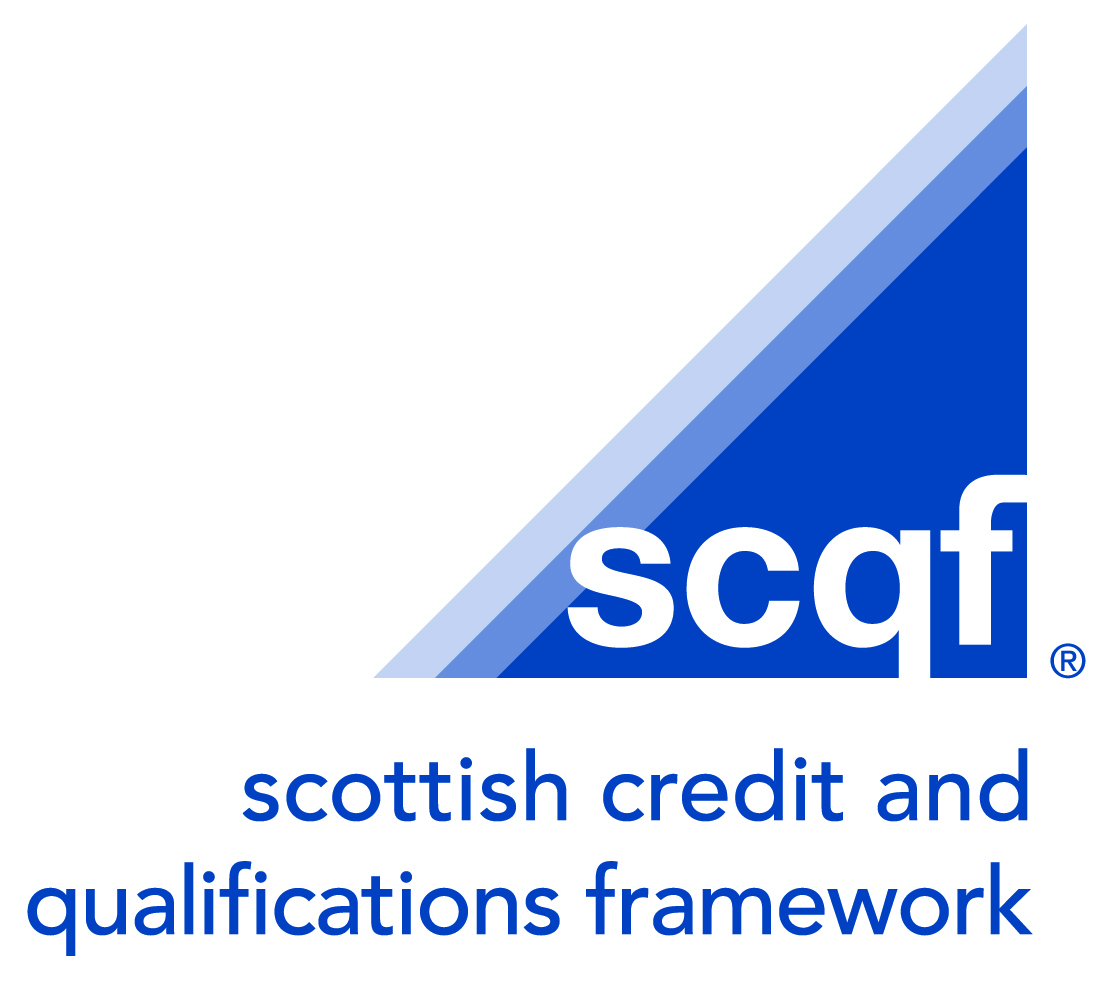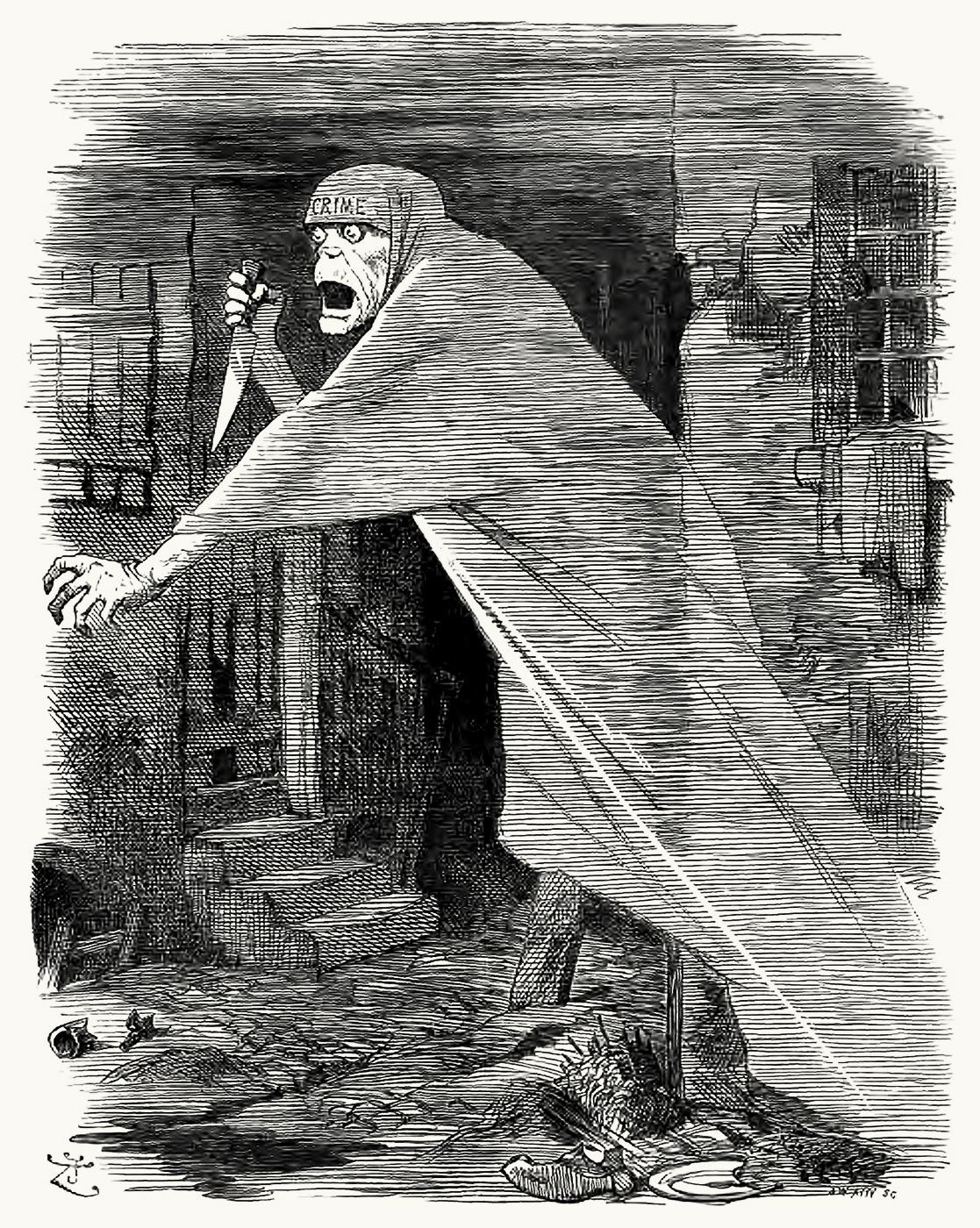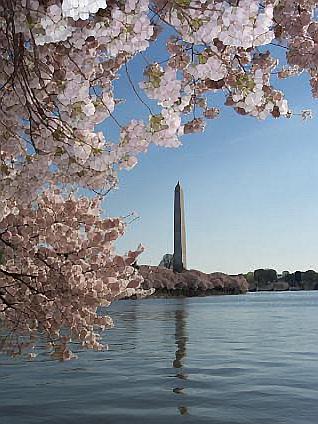|
Scottish Leaving Certificate
The Scottish Leaving Certificate was established in 1888 by Sir Henry Craik, 1st Baronet, Henry Craik, permanent secretary of the Scottish Education Department. It was replaced, in 1962, by the Scottish Certificate of Education as an educational qualification. One primary distinction between the Scottish Leaving Certificate and the Scottish Certificate of Education was that the latter had less strict regulations in terms of compulsory subjects and workload of the individual curricula. See also * History of education in Scotland References Educational qualifications in Scotland School examinations Secondary school qualifications 1888 establishments in Scotland 1888 in politics 1888 in education History of education in Scotland Secondary education in Scotland {{Scotland-hist-stub ... [...More Info...] [...Related Items...] OR: [Wikipedia] [Google] [Baidu] |
Sir Henry Craik, 1st Baronet
Sir Henry Craik, 1st Baronet, (18 October 1846 – 16 March 1927) was a Scottish Unionist politician. He was appointed as a junior examiner of the Committee of Council on Education in 1871 and promoted, in 1878, to the position of Senior examiner until 1885. In this year Scotland got an independent Committee of Council on Education known as the Scotch Education Department. Craik was appointed as its secretary, a post he held from 1885 to 1904.Supplement to the London Gazette Issue 33119 published on 29 December 1925. Page 2 of 12 In October 1901 he received a degree in law (LL.D.) from the University of St Andrews. He was an elected Member of Parliament (MP) for Glasgow and Aberdeen Universities from 1906 to 1918, and for the Combined Scottish Universities from 1918 until his death in 1927. He was made a Companion of the Order of the Bath (CB) in 1888, and promoted to Knight Commander (KCB) in 1897. He was made a Privy Councillor in 1918, and in the New Year Honours Lis ... [...More Info...] [...Related Items...] OR: [Wikipedia] [Google] [Baidu] |
Scottish Education Department
The Scottish Government Education Directorates were a group of the civil service directorates in the Scottish Government. The Directorates were titled Children, Young People and Social Care; Schools; and Lifelong Learning. They were responsible for education in Scotland; social work care for children and young people and lifelong learning. In December 2010 these functions were taken on by the Learning and Justice Directorates. The Directorates reported to the Director-General Leslie Evans. The Cabinet Secretary for Education and Lifelong Learning is Mike Russell. and he was then supported by the Minister for Children and Early Years, Adam Ingram MSP and by the Minister for Skills and Lifelong Learning, Angela Constance MSP at that time. History The Scottish Education Department (SED) came into being as the body responsible for schooling in Scotland when it was formed from the Church of Scotland's Board of Education for Scotland in 1872. The Education (Scotland) Act 1872 cont ... [...More Info...] [...Related Items...] OR: [Wikipedia] [Google] [Baidu] |
Scottish Certificate Of Education
The Scottish Certificate of Education (or SCE) was a Scottish secondary education certificate, used in schools and sixth form institutions, from 1962 until 1999. It replaced the older Junior Secondary Certificate (JSC) and the Scottish Leaving Certificate (SLC), and it was the Scottish equivalent of the General Certificate of Education (or GCE), used in England, Wales and Northern Ireland. One primary distinction between the Scottish Leaving Certificate and the Scottish Certificate of Education was that the latter had less strict regulations in terms of compulsory subjects and workload of the individual curricula. Levels of Award The SCE was intended to cater for the increased range of subjects available to pupils since the raising of the school leaving age from 14 to 15. It initially included examinations and awards at both Ordinary Grade ('O-Grade') and Higher Grade ('Higher'). The Ordinary Grade award was replaced with the Standard Grade award, and the Higher Grade award was re ... [...More Info...] [...Related Items...] OR: [Wikipedia] [Google] [Baidu] |
History Of Education In Scotland
The history of education in Scotland in its modern sense of organised and institutional learning, began in the Middle Ages, when Church choir schools and grammar schools began educating boys. By the end of the 15th century schools were also being organised for girls and universities were founded at St Andrews, Glasgow and Aberdeen. Education was encouraged by the Education Act 1496, which made it compulsory for the sons of barons and freeholders of substance to attend the grammar schools, which in turn helped increase literacy among the upper classes. The Scottish Reformation resulted in major changes to the organisation and nature of education, with the loss of choir schools and the expansion of parish schools, along with the reform and expansion of the Universities. In the seventeenth century, legislation enforced the creation and funding of schools in every parish, often overseen by presbyteries of the local kirk. The existence of this network of schools later led to the gro ... [...More Info...] [...Related Items...] OR: [Wikipedia] [Google] [Baidu] |
Educational Qualifications In Scotland
The Scottish Credit and Qualifications Framework (SCQF) is the national credit transfer system for all levels of qualifications in Scotland. Awards are classified under the framework at ''levels'', and study undertaken at that level is valued in ''credit points''. The Scottish Credit and Qualifications Framework Partnership promotes lifelong learning in the country. Through the SCQF, learners can gain a better understanding of qualifications and plan their future learning. The SCQF is in the custody of, and managed by, the Scottish Credit and Qualifications Framework Partnership (SCQF Partnership). Since its creation in November 2006 the SCQF Partnership, which is a company limited by guarantee and a registered charity, has aimed to: ensure that, where appropriate, all assessed learning and qualifications are included within the Framework and extend the recognition of informal and non-formal learning; fully develop and promote the Framework as a lifelong learning tool; and d ... [...More Info...] [...Related Items...] OR: [Wikipedia] [Google] [Baidu] |
School Examinations
A school is an educational institution designed to provide learning spaces and learning environments for the teaching of students under the direction of teachers. Most countries have systems of formal education, which is sometimes compulsory. In these systems, students progress through a series of schools. The names for these schools vary by country (discussed in the '' Regional terms'' section below) but generally include primary school for young children and secondary school for teenagers who have completed primary education. An institution where higher education is taught is commonly called a university college or university. In addition to these core schools, students in a given country may also attend schools before and after primary (elementary in the U.S.) and secondary (middle school in the U.S.) education. Kindergarten or preschool provide some schooling to very young children (typically ages 3–5). University, vocational school, college or seminary may be availa ... [...More Info...] [...Related Items...] OR: [Wikipedia] [Google] [Baidu] |
Secondary School Qualifications
A secondary school leaving qualification is a document signifying that the holder has fulfilled any secondary education requirements of their locality, often including the passage of a final qualification examination. For each leaving certificate student, they obtain a certain number of points coinciding with the results they received in their examinations. These results will then determine the qualifications of the student; Whether they get into university or whether they have to have an alternative method into what they wish to study. Africa East Africa *Kenya - Kenya Certificate of Secondary Education (KCSE) *Uganda - Advanced Certificate of Education *Tanzania- Certificate of Secondary Education Examination(C.S.E.E) *Ethiopia - EGSECE: Ethiopian General Secondary Education Certificate Examination EHEECE Ethiopian Higher Education Entrance Certificate Examination West Africa *West Africa - West African Senior School Certificate Examination (WASSCE) *Nigeria - National Exam ... [...More Info...] [...Related Items...] OR: [Wikipedia] [Google] [Baidu] |
1888 Establishments In Scotland
In Germany, 1888 is known as the Year of the Three Emperors. Currently, it is the year that, when written in Roman numerals, has the most digits (13). The next year that also has 13 digits is the year 2388. The record will be surpassed as late as 2888, which has 14 digits. Events January–March * January 3 – The 91-centimeter telescope at Lick Observatory in California is first used. * January 12 – The Schoolhouse Blizzard hits Dakota Territory, the states of Montana, Minnesota, Nebraska, Kansas, and Texas, leaving 235 dead, many of them children on their way home from school. * January 13 – The National Geographic Society is founded in Washington, D.C. * January 21 – The Amateur Athletic Union is founded by William Buckingham Curtis in the United States. * January 26 – The Lawn Tennis Association is founded in England. * February 6 – Gillis Bildt becomes Prime Minister of Sweden (1888–1889). * February 27 – In West Oran ... [...More Info...] [...Related Items...] OR: [Wikipedia] [Google] [Baidu] |
1888 In Politics
In Germany, 1888 is known as the Year of the Three Emperors. Currently, it is the year that, when written in Roman numerals, has the most digits (13). The next year that also has 13 digits is the year 2388. The record will be surpassed as late as 2888, which has 14 digits. Events January–March * January 3 – The 91-centimeter telescope at Lick Observatory in California is first used. * January 12 – The Schoolhouse Blizzard hits Dakota Territory, the states of Montana, Minnesota, Nebraska, Kansas, and Texas, leaving 235 dead, many of them children on their way home from school. * January 13 – The National Geographic Society is founded in Washington, D.C. * January 21 – The Amateur Athletic Union is founded by William Buckingham Curtis in the United States. * January 26 – The Lawn Tennis Association is founded in England. * February 6 – Gillis Bildt becomes Prime Minister of Sweden (1888–1889). * February 27 – In West Orange ... [...More Info...] [...Related Items...] OR: [Wikipedia] [Google] [Baidu] |
1888 In Education
In Germany, 1888 is known as the Year of the Three Emperors. Currently, it is the year that, when written in Roman numerals, has the most digits (13). The next year that also has 13 digits is the year 2388. The record will be surpassed as late as 2888, which has 14 digits. Events January–March * January 3 – The 91-centimeter telescope at Lick Observatory in California is first used. * January 12 – The Schoolhouse Blizzard hits Dakota Territory, the states of Montana, Minnesota, Nebraska, Kansas, and Texas, leaving 235 dead, many of them children on their way home from school. * January 13 – The National Geographic Society is founded in Washington, D.C. * January 21 – The Amateur Athletic Union is founded by William Buckingham Curtis in the United States. * January 26 – The Lawn Tennis Association is founded in England. * February 6 – Gillis Bildt becomes Prime Minister of Sweden (1888–1889). * February 27 – In West Or ... [...More Info...] [...Related Items...] OR: [Wikipedia] [Google] [Baidu] |






